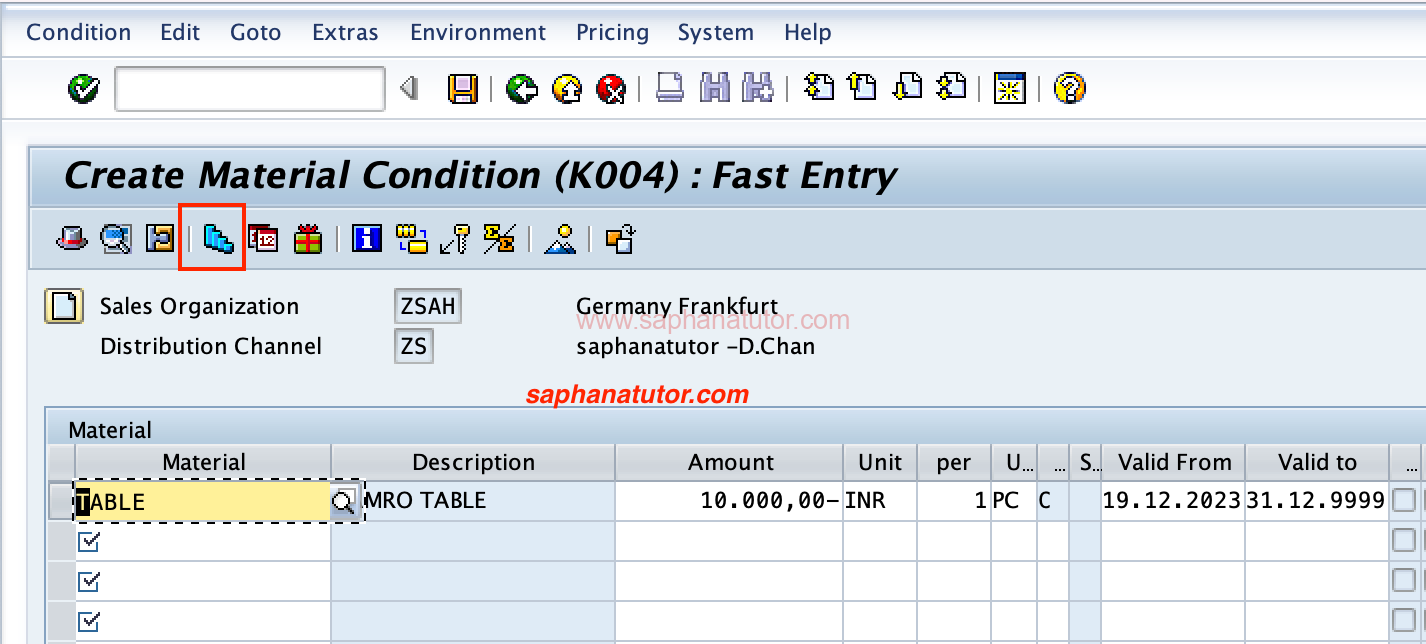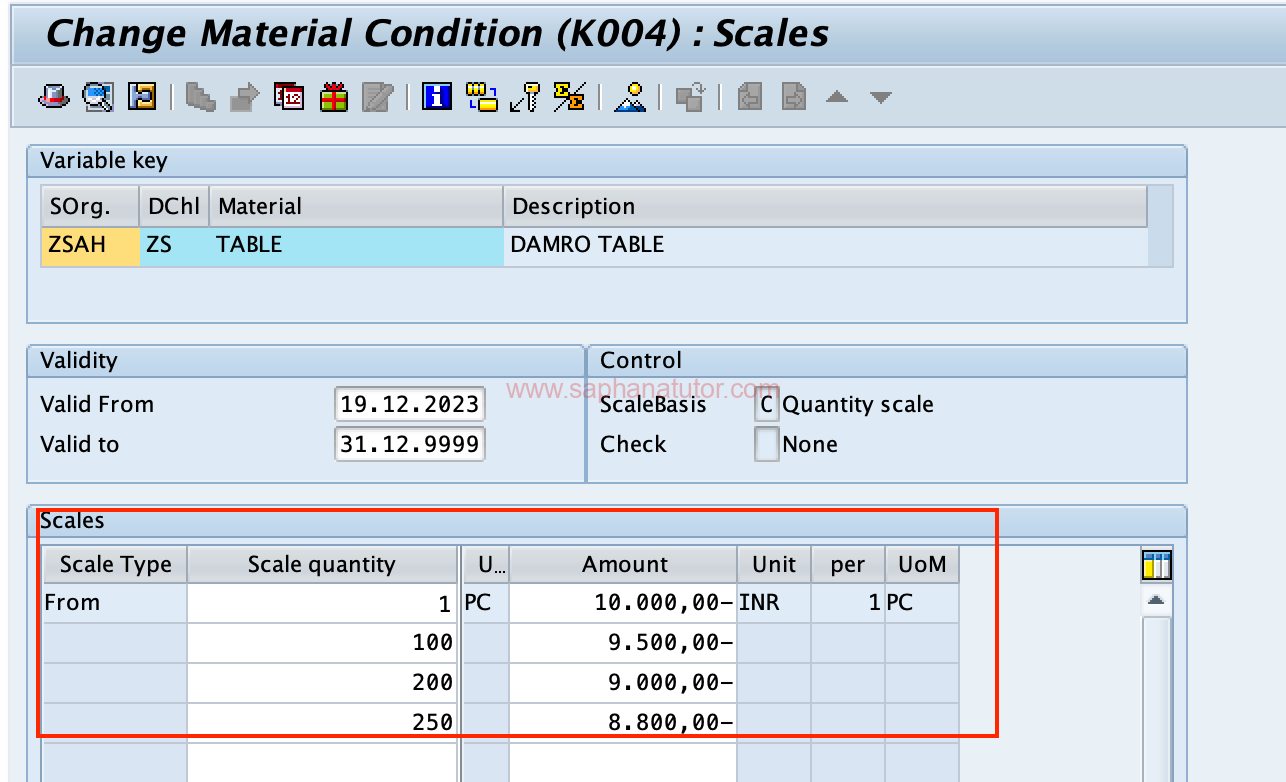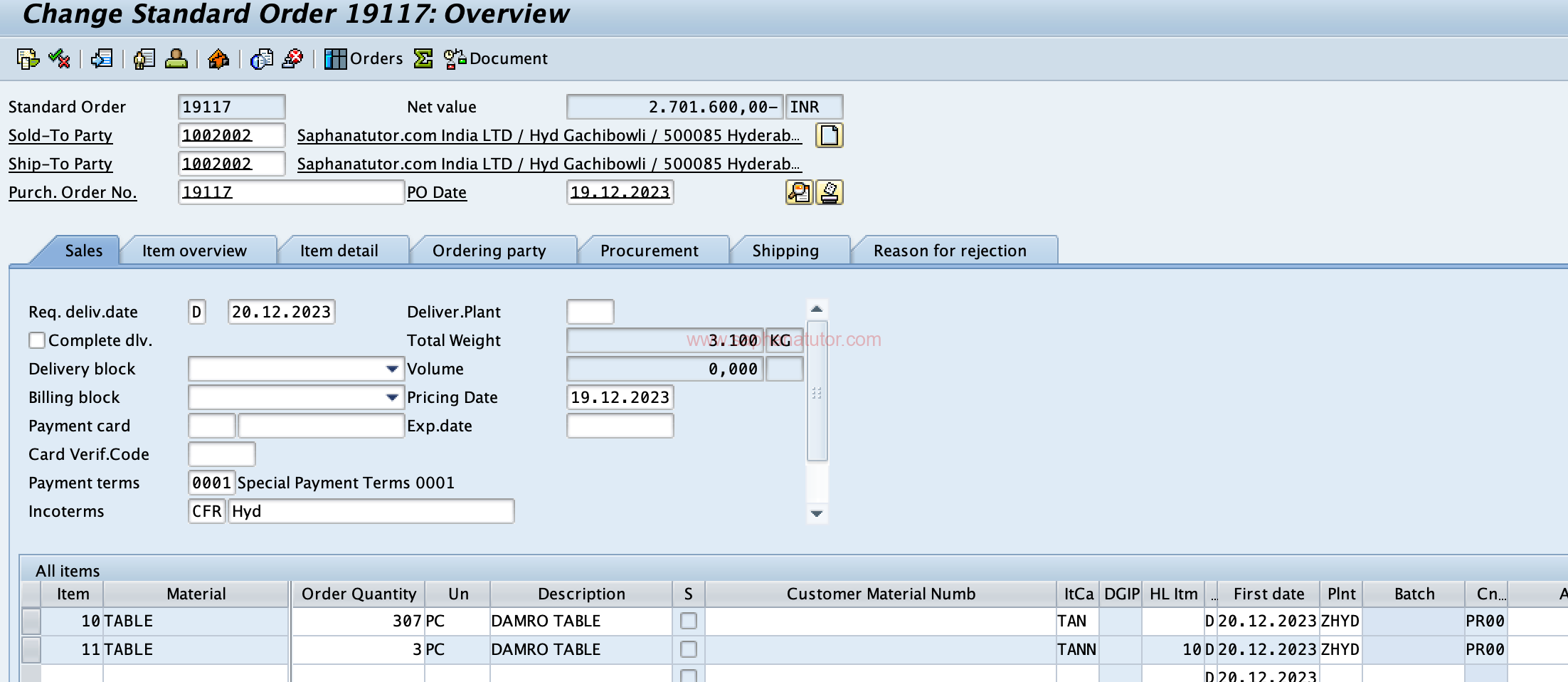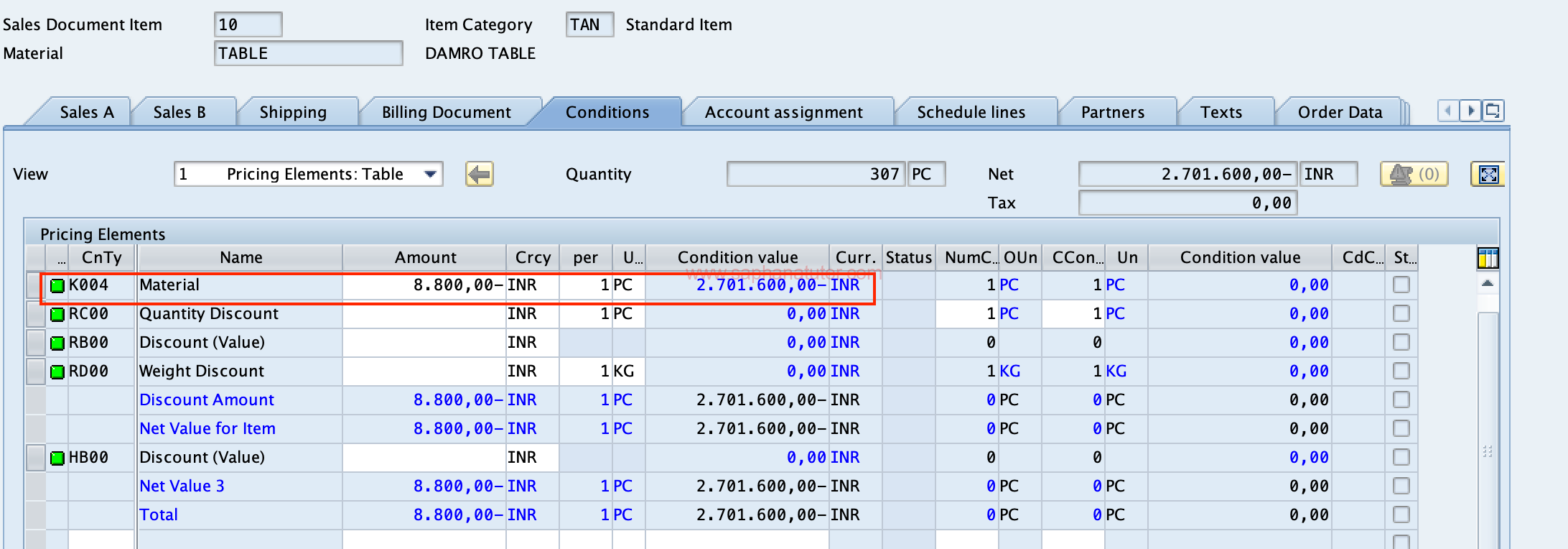Explore Pricing Scales in SAP and learn how to manage quantity-based pricing. Optimize sales by configuring scales for discounts or surcharges based on order quantities.
Understanding Pricing Scales in SAP S/4HANA
Pricing scales in SAP play a crucial role in SAP S/4HANA’s sales and distribution module. They are used to determine prices based on various criteria like quantity, value, weight, or volume. This blog post delves into the concept of pricing scales in SAP S/4HANA, offering an instructive and informative guide on how to effectively utilize them.
Criteria for Scale Basis in SAP S/4 Hana
In SAP Sales and Distribution, Pricing condition records are essential for determining the prices of goods and services. A scale in a pricing condition record allows for the price to change based on
- Value: The total value of the order.
- Quantity: The number of units ordered.
- Gross Weight: The total weight before packaging.
- Net Weight: The weight of the product without packaging.
- Volume: The total volume of the order.
- Custom Formula: Specific to business requirements.
For instance, you might have a discount that increases as the quantity purchased increases. These scales can be maintained within the condition record so that the system automatically applies the correct price or discount based on the predefined scale levels during sales order processing. This ensures pricing flexibility and accuracy, catering to various pricing strategies such as bulk discounts or promotional pricing.




